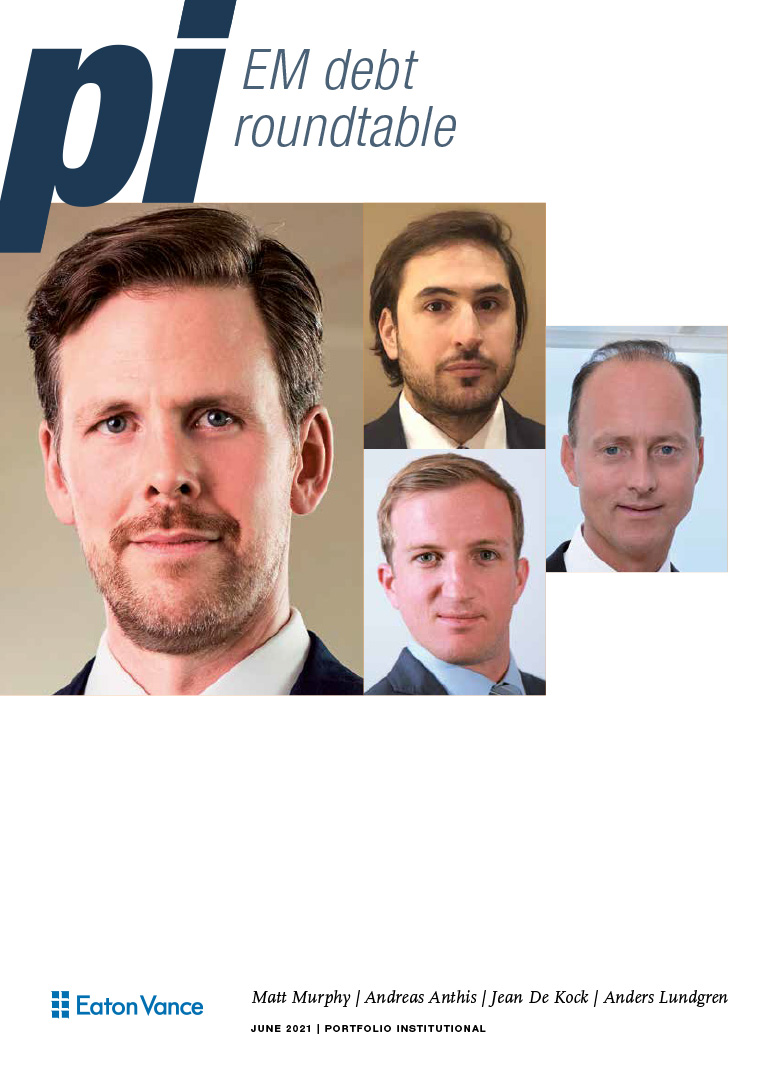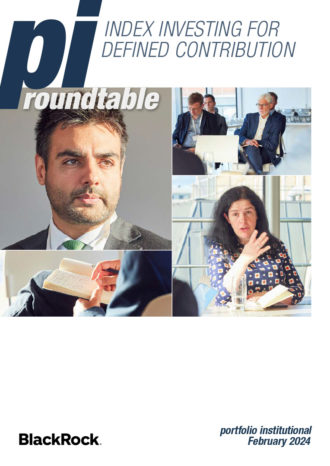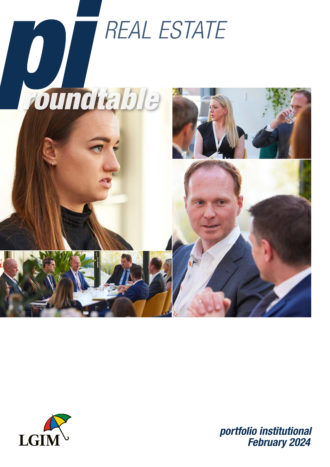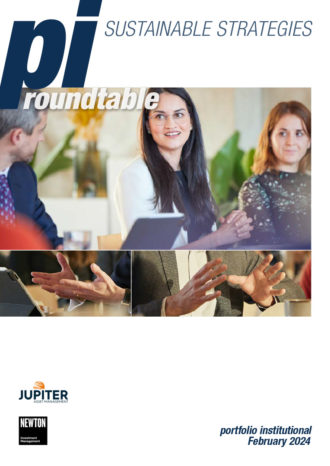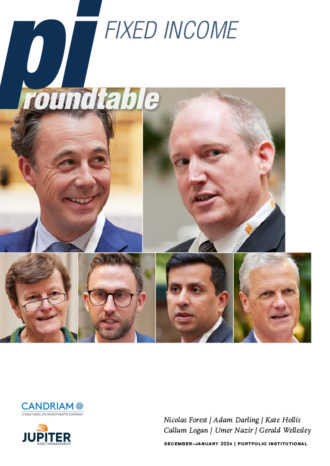Emerging markets are expected to continue driving the world’s economy and much of this growth is funded by debt. We brought a panel of experts together to find out how investors are approaching these markets.
Watch the roundtable
The participants
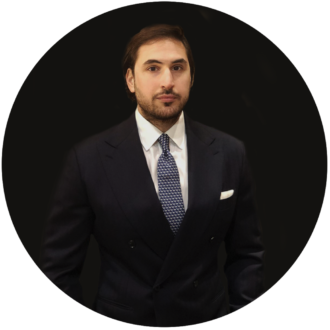
Andreas Anthis, Equities Portfolio Manager, Pension Protection Fund
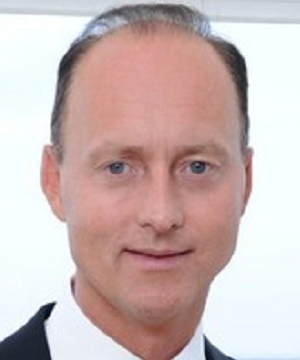
Anders Lundgren, Head of Public Markets and Real Estate NEST
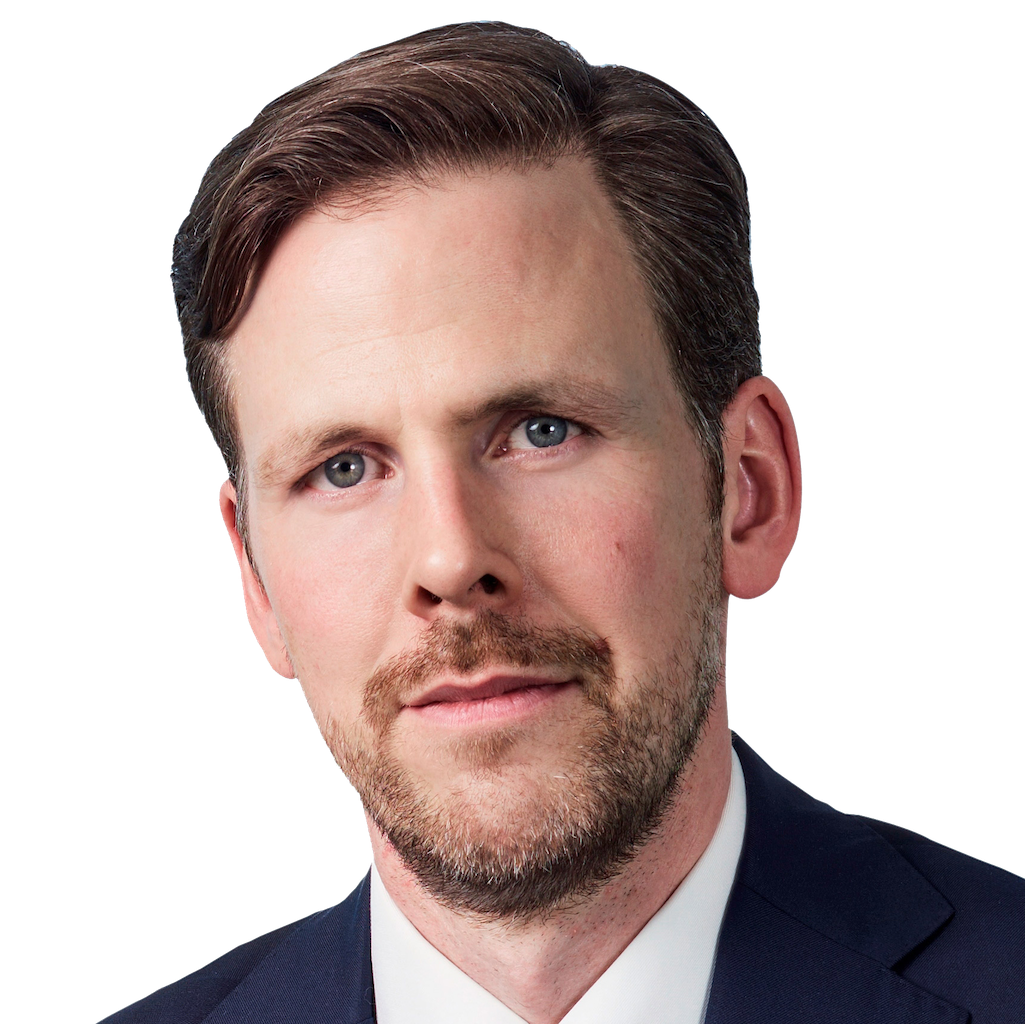
Matthew Murphy, CFA, CAIA, Senior Institutional Portfolio Manager, Eaton Vance

Jean de Kock, Principal, Fixed Income Boutique, Mercer
How are institutional investors approaching emerging market [EM] debt?
Andreas Anthis: We started investing in emerging market debt in 2010 through a benchmark strategy with a 3% allocation, but in 2015 we took a different approach. Our allocation increased and we switched to an absolute return approach given that emerging markets are volatile and capital preservation was our main interest.
Since 2015, we have been investing through external strategies as well as trading internal overlays across all segments of the asset class, including local currency, hard currency, high yield, investment grade and corporates.
Anders Lundgren: We have been invested in a pooled fund managed by Amundi since March 2016. It is a blended strategy which is mainly sovereign bonds but is 15% invested in corporate and 20% in local currency. We are thinking of adding a corporate hard currency fund as a build- ing block. It is a larger market than EM sovereigns at around $2trn (£1.4trn).
We mainly invest for diversification and believe this separate block has some interesting qualities to add, such as shorter duration in an increasing interest environment, spread pick-up and a large exposure to Asia, a region we are positive on.
What excites investors about emerging market debt?
Matthew Murphy: Emerging markets are always exciting. There is always a good story and a disaster happening every year. Covid is still working its way through emerging markets. We have seen countries issue substantial amounts of debt to give themselves a bridge to recovery and we have seen inflation pick up. Asset prices reflect that.
We expect emerging market countries to get back on their growth trajectory, perhaps taking the baton away from the US and UK. Then there is the macro environment, with the Fed sitting on its hands and the US announcing a stimulation package. We expect that to wash up on the shores of EM soon.
We are in recovery, but it always comes down to the individual countries. Some are doing the right things, Ukraine and Serbia come to mind. Then there are those doing the wrong things, like Brazil and India.
Did investors take advantage of the emerging market bond sell-off in 2020 to pick up some bargains?
Murphy: It was the buying opportunity of the decade. The last time we saw prices like that was in the financial crisis of 2008/09. We were fortunate that our colleagues in Singapore were the first to fully understand the threat Covid offered.
So, in February we cut risk on the margin which gave us cash to buy some attractive paper at distressed prices through the backend of March and early April.
Anthis: The huge dislocation, especially in hard currency, was too attractive to ignore. We loaded-up our exposure to hard currency through short duration strategies.
The local currency space was not particularly crowded at the time, so the dislocation was not as great. We were overweight hard currency and started picking up names that were trading at levels that made no sense to us.
We took into consideration the ‘double whammy’ with oil trading negatively. A lot of oil exporters took a double hit, one from the pandemic and another from the oil price. We tried to identify the names that were most dislocated.
We identified those idiosyncratic names and started buying as much as we could because it is free money once normalisation is restored. We have been trying to take advantage of these dislocations since March 2020.
China has the world’s second largest economy, but there are concerns over transparency and human rights. What are your views on China’s bond market, Jean?
Jean de Kock: The technicals are strong. Most of that is about index inclusion, with onshore rates bonds issued by the government and select quasi-sovereigns, such as the three policy banks, being included by all major benchmarks providers.
That creates a strong technical for the rates bonds. The issue then is what role that would play in portfolios. If you look at China rates versus other sovereigns, if you are just looking for carry, you get a decent pick up, but a lot of that gets explained away by credit and FX risks. So, it becomes less attractive if you are doing it on a hedged basis.
There is a case that China is under-represented in those indices compared to other emerging countries. Some asset managers may be allocating to China bonds ahead of index inclusion or may have an off-benchmark allocation.
The other aspect is that if you are looking beyond the rates opportunity set to private-owned entities or local government financing vehicles, it is largely an inefficient market and international investors are not getting paid enough to take the spread risk.
We have seen a big shift since last year in defaults with the state allowing state-owned entities to default. That has seen a big repricing, which is probably positive for the onshore markets, so we will see increased interest from foreign investors.
Murphy: China’s investment characteristics are attractive, particularly in the local market, and you have a currency that tends to march to its own drum, so it can be a diversifier. You get attractive nominal rates and a fairly deep market so institutional investors can move a lot of capital there.
My concern is that Bond Connect delivers everyone’s bonds into a single omnibus account that could be wiped out and you lose your bonds. We trade China in the interdealer market onshore where we get to face Chinese counterparties.
China will continue to grow as an allocation, but it is one country out of 110 that we choose to invest in. We have been long rates and long currency but took that positioning off at the start of this year, which has been appropriate.
How are investors accessing China?
de Kock: It depends how you look at the emerging market opportunity set. If you look at it on a GDP or share of global growth basis, China is an outlier versus a lot of other emerging market countries. It is alongside the developed markets in terms of size.
From that perspective, we have clients interested in accessing China through a standalone allocation. It might use onshore rates as a base and selectively add credit risk in the offshore US dollar market as well as CNY bonds, which will probably rise as we see that credit differentiation increase in the onshore market.
The benefit of that flexible approach is different alpha drivers. You still get diversification and are not necessarily taking a singular currency view; you can play CNY versus the US dollar as an additional lever and hedge that depending on your preferences.
Sometimes China is directional, it is policy led in terms of what drives the bond markets as well as the currency markets. There may be some cases for a standalone allocation, but in a broader fixed income portfolio it has diversification benefits, so it depends how you want to look at it in your portfolio.
Our approach is identifying the good reform stories that take time to unfold.
Matthew Murphy, Eaton Vance
How do you find undiscovered value in emerging markets?
Murphy: We recognise that informational advantages exist, but they are on a spectrum. We are one of a thousand analysts covering China, so my opinion is one of many. We use such a large universe because there are not many people paying attention to Myanmar, for example.
Our job is to understand what is happening at the individual country level as a function of policy and politics. We are looking for countries where there is a misperception. The market may have a stereotype associated with a country based on its past and we are doing our best to find green shoots of improvement. Our approach is identifying the good reform stories that take time to unfold.
If we are investing early enough and before the rest of the market, we tend to get a lot of benefit for our clients. As that country’s risk premium declines, it becomes safer and tends to bring more capital to the country, further depressing spreads and pushing the currency higher. Our job is to be there when the country starts to make that turn, not wait until it begins before investing.
How can you know what is going on in 110 countries?
Murphy: The first step is collecting information, which can be time consuming. About eight years ago we built a machine learning tool to save time. It scrapes information on countries from the internet and categorises it in a database. The machine can also translate foreign language documents and includes our view on the biases in a source. Each morning our regional teams cover what has happened in those countries over the past 24 hours. From there, we figure out where we will spend time on the ground.
We are looking for perception problems and binary events through legislation and occasionally we have times like March 2020 where there was irrational pricing. The emerging world is a big canvass and we use technology to make sure we do not miss anything, there is no slippage. When it comes to learning more, we visit that country as much as we can.
Lundgren: We tend to use one manager for each asset class. It makes it purer. When it comes to emerging markets, we use a blended approach, but our fund is mainly hard currency.
What do you look for in a manager?
Lundgren: Their investment process, and whether it is repeatable, the team, their experience and how long they have worked together. Also, the organisation, if it is solid and if ESG is integrated into the selection of securities. When it comes to accessing information, which is important, as some emerging markets are not as transparent as others, the relationships the manager has in these markets becomes very important.
How diversified is the team in terms of languages?
Amundi’s team speaks 20 languages, including Russian and Turkish. It is something we consider when picking a manager since it makes it easier for them to access information and build relationships in EM.
Anthis: It is important to understand the strength of the team and the experience that comes with it. We also tend to look at the investment process. All managers can look at fundamentals to come up with an investment thesis, but we look at what each manager’s niche is.
For example, we have identified strategies which are more geopolitically driven although they pay attention to the technicals and fundamentals of countries and regions. Where the value comes from is identifying any potential IMF intervention, reforms taking place or upcoming elections. Those would be the primary catalysts to extract value from this space. We tend to focus a lot on what differentiates strategies before moving ahead.
How reliable is independent data?
Murphy: We do not use a lot of third-party information, primarily because we do not trust it. In emerging markets, the base case is that you do not trust anything you are given. You work to verify it.
On ESG, we have a lot of entities providing their views on various corporates and countries and there is nothing to deter- mine whether it is material. They all come with a lag in that the information is posted after the fact. There is no skin in the game. There is no way that third-party information can be shown to drive investment performance.
So much of what happens in emerging markets is recognising where you have an informational advantage and then bringing in multiple team- mates to offer their perspectives. It is about trying to identify the unknowns and getting a sense of what is accurate. Our view is that third-party information is typically stale and has no impact on the ultimate investment outcome.
Lundgren: A lot of managers depend on data from Sustainalytics and MSCI, which if you had it today is likely to be for the end of 2019. Having feet on the ground and access to companies gives you more relevant and up to date data.
de Kock: That is a trend when comparing developed market strategies with EM. In emerging markets everyone may have used third-party data, but they are now where Matt is. They have tried them and decided to do the legwork themselves.
From an ESG perspective, inherently you are looking at the governance of an issuer, but you cannot trust what you are first told about environmental and social issues. You have to dig deeper as you cannot rely on external data providers to get that colour and coverage, whereas in developed markets data providers have enough access and transparency to form a timelier view. There is a divergence between DM and EM.
Anthis: We have found that processed economic or macroeconomic emerging market data is far from accurate. We started looking for raw data instead, but had to spend a lot of money getting it from various providers and for it to make sense we had to process it ourselves to a shape where it started adding value. Relying on available data on emerging market debt was an issue for us, especially generic top-down data coming from individual sectors of the market.
What impact does this have on ESG-led investing in emerging market debt?
de Kock: The informational challenge we talked about means it is harder to do. On the social and environment sides, a lot of emerging markets are playing catch up in terms of sources of energy and what is driving productivity in some markets. It is hard to change that at the flick of a switch. It is a multi-year project in some instances.
The big increase that we have seen recently is engagement. Emerging markets are typically smaller, so asset managers that are engaging, even as a debt holder, are having more impactful conversations even with sovereigns. We have seen examples of big investors getting involved in sovereign debt and trying to force the hand of the issuer. That has been a big trend we have seen increasing over the past two years.
It is not good enough anymore for a bond manager to say: “We do not have a say because we are not equity investors.” They are expected to engage.
Lundgren: If they score well on ESG could they lower their funding costs?
de Kock: You see it. We could talk about green bonds, which is a topical area in my neck of the woods in Asia, but if you look at the use of proceeds and the standards around some of those issues you could argue that they are not truly green bonds. The EU has done more in setting regulation around what constitutes a green bond, but Asia is still catching up. Despite that, we have seen green bonds pricing at a discount to conventional bonds, so the cost of capital has been lowered.
Murphy: Changes in a country’s level of economic freedom has a direct impact on investment outcomes. That is rule of law, soundness of money, responsible fiscal policy and responsible regulation. When we engage with countries, we show them that if they improve in these areas then their borrowing costs will decline.
All the empirical information proves that. A country’s risk premium is a function of the risk of investing there, so if they adopt economic freedoms they get to borrow at lower rates.
The key is that economic freedom leads to the ESG outcomes we are all shooting for. If you are looking at the Sustainable Development Goals, 14 of them relate to outcomes such as reducing poverty, increased life expectancy and higher literacy rates.
So, if you are looking to do good, invest in countries that are improving and engage with them to make sure they continue to improve. Maybe the key difference is that we are not going to make headlines for doing that. No policymaker is going to get up in front of his or her parliament and say: “We are doing X because Eaton Vance told us to.”
We need to engage where we are experts and where we have credibility. Transparency is one of the more important ones today. We shared with the finance ministry of Benin what other sub-Saharan African countries are doing in regards to transparency and how they need to catch up. If they do such things, they could reasonably expect borrowing costs to decline. It happened exactly like that. They came to market earlier this year at much tighter spreads than they had seen before.
de Kock: There have been studies on the correlation between ESG scores and the volatility of a bond. It is down to if a bond’s investor base holds onto it through thick and thin because they believe in the fundamentals. It is sticky money. That is complemented by lower ESG risks. So, borrowing costs are inherently tied to sound fundamentals and lower ESG risk.
Have you decided against investing in a bond because of its ESG profile, Matt?
Murphy: All our ESG assessments are part of the mosaic. I do not want to overstretch here and say that everything we do is a function of ESG, but governance is the most important thing in emerging markets. I am seeing a deterioration in governance. That could be the way a country is thinking about its fiscal policy, the way a country is thinking about a trade policy or the way a country treats its people. That will give us pause to ask if what we are getting paid is going to compensate us for those risks.
There are plenty of countries that we have not owned in the past. We did not own Argentina when it defaulted, did not own Ecuador when it defaulted. A lot of that was a function of what we saw as a deterioration in governance. We are known for being chronic bears in South Africa. If we do not have to own it, we won’t because there has been a continued deterioration in the rule of law there and a continuing deterioration in property rights.
That is what we focus on. If economic freedom is improving, the country risk premium goes down. You are going to get paid back on those bonds and you might get some price appreciation as the country premium declines.
We are going to be hard pressed to invest in the country where that premium is increasing because you need to get much more compensation for that risk, particularly if the trend is not your friend.
Anthis: We have been quite active on ESG. Over the past couple of years, we have tried to be even more ESG aware across all asset classes. For emerging market debt that has been challenging. The nature of the asset class means that trying to assign credible scores to it can be quite a challenge given the quality of the data available, while aggressive regime changes can cause volatility.
We try to take a more practical approach by using the UN sanction list as a filter and then enforce strategies to be PRI signatories. It has not been as straightforward as with developed markets.
Another thing we try to do is provide liquidity to distressed countries through investing in high yield. We tend to walk in line with the IMF in providing access to capital for those countries. In essence, we are trying help distressed countries to overcome their financial difficulties by providing liquidity in collaboration with the IMF.
Having feet on the ground and access to companies gives you more relevant and up to date data.
Anders Lundgren, NEST
I have read that emerging markets are entering a commodity super-cycle. If that is true, how is it affecting your strategies?
Murphy: Commodities impact a country’s ability to pay. Angola has been mentioned. The fact is that we are not commodity managers. We do not have a view on them. They are fairly efficient and difficult markets to call.
We are thinking about if high energy prices are sustained what is that going to do for countries that are importers. And what is it going to do for countries that are exporters because usually when oil prices are high you get fiscal slippage. What we try to do at the individual security level, if we are given that flexibility by our clients, is to hedge some of the ability to pay risk.
Back in 2011/12, we owned Venezuela dollar debt with a put option on Brent on the other side. In 2014, those bond prices were cut in half and that option kicked in for us.
The key there is that it is a risk inherent in the security we do not have a view on and if we have permission to do so we will try to take that risk out. At the overall portfolio level, we will stress test to see how our portfolio moves with changes in energy and commodities versus the benchmark to make sure we are not taking any unintended bets.
Maybe the super-cycle is here, maybe it is not. It is too hard for us to call so we are going to think about the impacts at the country level and in our portfolios to make sure we are not making a bet on commodities in one direction or the other.
Lundgren: We have a commodity fund, but in general the portfolio is skewed towards commodity exporting countries because our manager believes there is a commodity expansion.
Developed markets used a lot of helicopter money to solve the problems the pandemic has brought to their economies. What do emerging economies have in their toolkit?
de Kock: It comes back to how much debt countries can take on. They cannot take on as much as developed markets. The UK having 120% debt-to-GDP is not seen as a problem whereas 80% is a big issue in many emerging markets. Some of that is about perceived credit risk and some of it is about liquidity.
Those willing to take austerity measures and work with the IMF may have access to significant facilities. Ecuador is an example. The new regime could get access to $1bn [£706bn] from the IMF after committing to austerity measures. That is significant help, but only some of that fiscal stimulus can come externally.
A lot of it is down to stimulating growth internally. China has huge reserves in its armoury, which is different from most emerging markets, and has pivoted in its five-year plan to rely on consumption, driving GDP growth through the domestic economy rather than relying on exports. You might see a version of that in other EM countries that can rely on internal consumption to drive GDP growth.
Would raising interest rates lead to another taper tantrum?
Murphy: Not going to happen this time. It is a different world. The taper tantrum on May 25, 2013 – a day that will live in infamy for emerging market debt managers – came when EM had been in a three-year bull rally. The shock came when the Fed said it was going to reduce purchases on the margin and all the capital that had ran into EM came running back out.
Today, people are concerned about rising rates, but not because the Fed’s going to tighten anytime soon. Current accounts are a lot less concerning than they were in 2013 when three to four years of capital inflows headed out. A lot of the capital that flew out of EM in March 2020 equalled the sum that came out in the taper tantrum. So, we have already had the taper tantrum.
Capital is slowly starting to come back into EM now, but discussions of taper tan- trum 2.0 completely miss where we are in this environment compared to 2013.
Lundgren: The strength of the dollar is important. Our dollar conviction is low. There are opposing forces with stimulus leading to excess dollar supply, and a weaker dollar due to people buying US assets, but which of those two forces will win is the question.
What will happen in emerging markets over the next 12 months?
Murphy: I expect asset prices to grind higher with an economic recovery on the way. It is coming in fits and starts, but over the next 12 months the baton will be handed from what has been exceptional US growth to the rest of the world.
From a macro perspective, continued negative real rates in the developed world will lead to a search for yield, which is usually good for EM. I will stick my neck out and say that the dollar is going to be weaker here in 12 months, primarily a function of monetary policy but also a big widening of the trade deficit and the fiscal deficit usually has an impact on the US dollar after about a year or two. That will give EM another tailwind.
In an absolute sense, emerging markets are cheap relative to their history. In a relative sense, they are extremely cheap compared to more traditional credit, such as high yield or investment-grade corporate. That is going to attract buyers and comes back to the point of why EM is going to grind higher over the next 12 months.
Anthis: We expect to see positive returns coming out of emerging markets, on an absolute basis. The question is what will drive them, will it be local or hard currency. Overall, current flows indicate that local currency is expected to deliver positive returns in the next 12 months. Consensus expects inflation to come down from current levels, which is another indication of a positive local currency return. We estimate close to 7%.
We expect muted to slightly positive returns on hard currency. Although the flows are in favour and have been muted relative to local currency since the beginning of the year, spreads have been quite tight. That does not necessarily imply negative returns.
FX has come back a lot since March 2020, on an inflation-adjusted basis. In the next two to three months, we expect the dollar to appreciate, hence we are not over- weight in emerging market FX. In the longer term, however, we expect EMFX to appreciate further, given that valuations have been so cheap and that the full effect of the twin deficit in the US combined with the elevated banking reserves will drive the dollar lower.
de Kock: In emerging markets there is going to be a lot of idiosyncrasy about individual countries and issuers. There is huge divergence in speed of vaccine rollout and as a result growth recovery stories vary. Across EM, in hard currency, corporate and local currency, we expect to see positive returns over the next 12 months, with a slight favourability towards local currency.
From an implementation perspective, we look for a flexible approach, especially with local currency. That is important because of the divergence we are seeing in the recovery from the pandemic.
Lundgren: There is little room for spread tightening. It depends on the market, but, in general, you still get a good carry, so we expect positive returns. The fundamental outlook is good. We have talked about inflation, but inflation also means commodity prices go up, so this is a positive environment for global risk assets.

